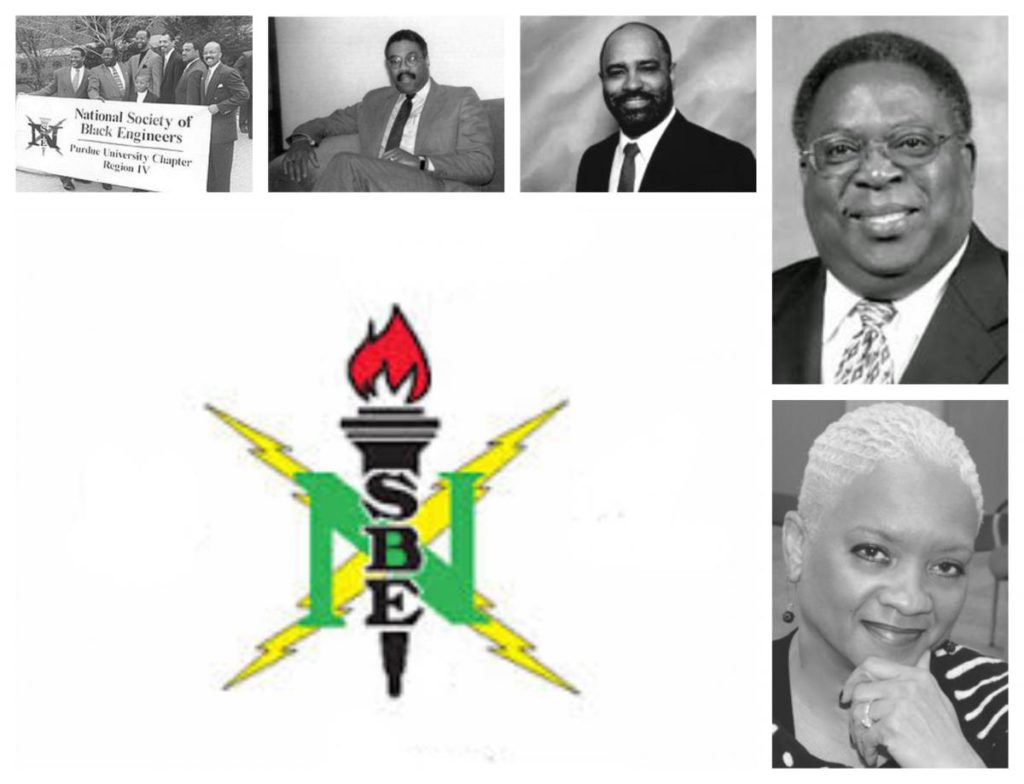As we celebrate Black History Month we thought we should share some industry specific history that honors the contribution of African Americans in the Engineering Industry. Not many people know that the National Society of Black Engineers (NSBE) got its major support in Chicago. They have an ambitious goal to graduate 10,000 Black Engineers annually by 2025.

The NSBE is one of the largest student-governed organizations in the country. It began in 1971 at Purdue University with two African American men named, Edward Barnette and Fred Cooper. Barnette and Cooper had a vision of establishing a student union to help increase the enrollment and retention of black engineering students. They originally named the organization the Black Society of Engineers (BSE). The dean of students liked the idea and assigned the only black faculty member on staff, Arthur J. Bond, Ph.D., as the advisor. Barnette served as the organizations first president until he graduated from Purdue University in 1972. After Barnette graduated, Bond continued to keep the organizations vision alive. In 1974 the group gained more energy with the direction and inspiration of Dr. Bond and the active participation of six young African-American men whose destiny was to become the founders of NSBE.
The Chicago Six were Edward Coleman, Anthony Harris, Brian Harris, Stanley Kirtley, John Logan Jr. and George Smith. They were all from the Chicagoland area. Anthony Harris succeeded Ed Barnette as the organization’s next president. During his time as BSE president, Harris renamed the organization to the Society of Black Engineers (SBE).He also took initiative in the creation of a national organization. To achieve this goal he wrote a letter to college and university presidents and deans of each of the country’s 288 accredited engineering programs.
Harris explained the SBE concept and asked them to identify black student leaders, organizations and faculty members who might support the Society’s efforts on a national basis. Only about 80 schools responded and majority of them already had black student organizations with similar goals. A date was set for the first national meeting, and 48 students representing 32 schools attended the event in 1975. At that historic meeting the SBE became the National Society of Black Engineers (NSBE). As the organization grew, Virginia Booth became the first female national chair of NSBE and the first national chair to serve two terms.
NSBE has grown from six to more than 17,000 members, and its annual meeting is now an Annual Convention, hosting more than 13,000 attendees. NSBE has more than 500 active chapters in the U.S. and abroad: 148 NSBE Jr. (pre-collegiate), 291 collegiate and 84 NSBE Professionals chapters. The NSBE offers academic excellence programs, scholarships, leadership training, professional development and access to career opportunities for its members. It provides opportunities for Black student success that remains unmatched by any other organization.
NSBE’s mission is “to increase the number of culturally responsible Black Engineers who excel academically, succeed professionally and positively impact the community.” Ultimately their vision is to insure that more Black Engineers graduate and be a leading advocate for student success.
Learn more about NSBE
by Travis Hymon
